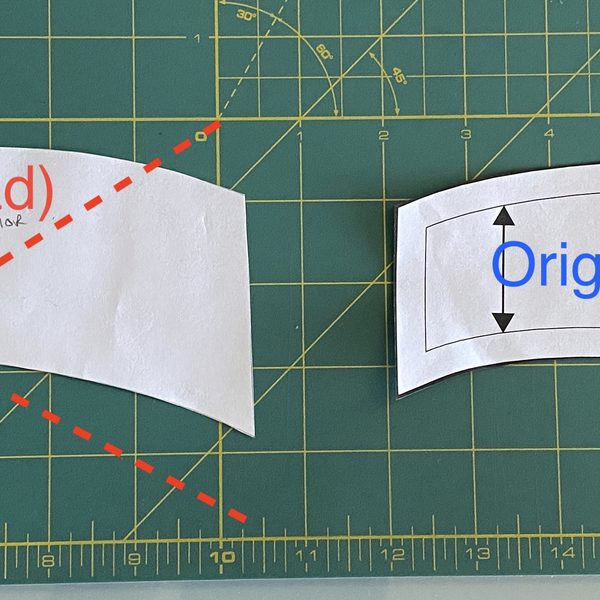Concept
In the process of designing and sewing our new 25-liter toploading backpack, we aimed for a seamless transition between travel and outdoor activities. The pack intentionally leans slightly smaller than most US domestic airline carry-on requirements, finding that sweet spot for portability on day hikes or shorter trips.
Design elements include a lid with 3 dimensional zipper pocket and top-loading main pack body orientation for quick and easy access, a simple drawcord closure with one handed operation, and a separate interior body pocket for laptop/hydration bladder protected by a layer of foam and a layer of LDPE. We got a bit crafty, repurposing elements for dual functions, like the frame sheet doing double duty for structure and laptop protection.
To encourage user autonomy in packing, this pack is all about flexibility based on individual preferences. The construction process, though a bit of a puzzle, makes choosing the right sewing machine for the job an important planning consideration.
As with most complex builds of this type, the pack was not perfect the first time around and some additional modifications to the pattern and, obviously, to the fabric choices will be necessary.






Fit Adjustments
-
Lid Band Alignment: At the last minute, we made an unplanned modification to the geometry of the lid side panels. As a result, the lid band puckers, especially where it attaches to the body of the pack. It’s possible that this could addressed by just using the originally drafted side panels. It’s not likely that they need to be smaller, just angled differently at the attachment with the back panel.
-
Front Fit of Lid: The way the lid fits in the front is not aligned with the seam that forms the front and panel attachment. We need to look at how wide and tapered the tongue panel is. Checking the measurements will help figure out if it lines up well with the seams on the front and sides.
-
Lid Tongue Structure: The lid tongue could use a little structure, maybe some fusible interfacing.
-
Back Panel Corner Bowing: The back panel corner bows inward when the side compression straps are pulled snug, especially when the pack is full. We’re thinking of adding a sturdy frame sheet and maybe adjusting the placement of the side compression straps.
-
Height of Lid Gusset: The lid gusset/zipper panel is pretty tall, so it might need a little adjusting, maybe angling it slightly.
-
Axe Attachment Straps: Ice axe attachment straps are flaring outward instead of inward, maybe due to topstitching orientation. Thinking about making them longer, orienting 90° and attaching to face of front panel.
-
D-ring Loop Orientation: The D-ring loop tugs at an angle almost perpendicular to the seam. We’re thinking of aligning it more closely with the compression strap anchor point.
-
Axe Loops Orientation: Axe loops tend to aim upward due to the top stitching. We might top stitch on top of the axe loops to make the inside of the seam sit upward. Perhaps this is a function of the cheap prototype canvas we chose and more technical fabrics won’t need to be topstitched and could avoid this problem altogether.
-
Back Panel Cupping: The bottom of the back panel, where it meets the base panel, tends to cup. Considering a frame sheet and thinking about adjusting the back panel’s length or strap placement.
-
Spacer Mesh Bulk: While this prototype did not use spacer mesh on the back panel, the addition of it in a final product may increase seam bulk beyond what most machines can handle. To address this, we’re thinking of adding a shell fabric “frame” to create a floating spacer mesh panel, minimizing bulk in the attaching seams.
Pattern Availability
Revisions and additional sample to follow. While the pattern itself is likely close, creating instructions for this pack might take some time due to the complex steps required to form the lid of the pack.
If you’re interested in taking our draft pattern for a spin and providing feedback, we would be happy to share a copy of the draft. Please reach out via either our contact page or on Instagram @crackedasphaltsudio.



